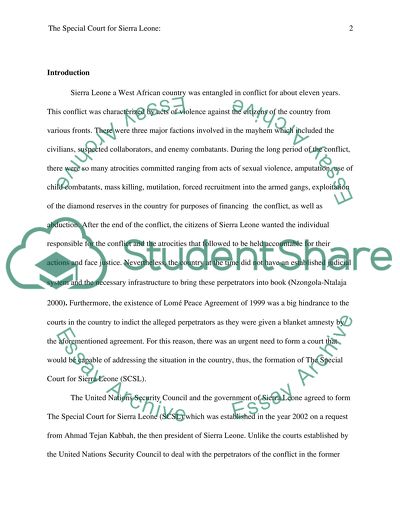Cite this document
(“Evaluating the Effectiveness of the Special Court for Sierra Leone Essay”, n.d.)
Evaluating the Effectiveness of the Special Court for Sierra Leone Essay. Retrieved from https://studentshare.org/law/1447903-evaluating-the-effectiveness-of-the-special-court
Evaluating the Effectiveness of the Special Court for Sierra Leone Essay. Retrieved from https://studentshare.org/law/1447903-evaluating-the-effectiveness-of-the-special-court
(Evaluating the Effectiveness of the Special Court for Sierra Leone Essay)
Evaluating the Effectiveness of the Special Court for Sierra Leone Essay. https://studentshare.org/law/1447903-evaluating-the-effectiveness-of-the-special-court.
Evaluating the Effectiveness of the Special Court for Sierra Leone Essay. https://studentshare.org/law/1447903-evaluating-the-effectiveness-of-the-special-court.
“Evaluating the Effectiveness of the Special Court for Sierra Leone Essay”, n.d. https://studentshare.org/law/1447903-evaluating-the-effectiveness-of-the-special-court.


